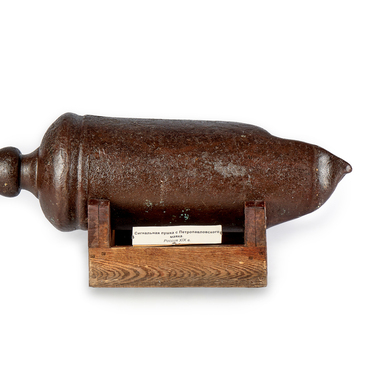Kamchatka dog narty sleds were of the same type as those found throughout North-Eastern Siberia. As a rule, such sleds had three or four pairs of vertical poppets, i.e. stanchions, and a horizontal front arch tied to the bent runners, as well as a vertical arch over the first pair of poppets. A net of straps was tied on the sides and back. The indigenous Kamchatka peoples could have adopted this East Siberian type of sled from the Russians.
Narty sleds were usually made in winter. It was exclusively men’s work. They used birch wood as the most durable material, and, in rare cases, poplar, together with leather straps. Narty sleds were made without a single nail. The straps were made from seal skins, which were prepared, processed and dyed in advance.
Narty sleds were both strong and tall, and at the same time relatively light. Different sleds were used for transporting goods, hunting or carrying travelers. The distance between the runners of all Kamchatka sleds was the same, so it was difficult for dogs to drag only the first sled through the loose snow, while the following sleds ran on a newly laid track.
The number of dogs hitched to the front of a sled depended in part on the weight of the load, the breed and age of the dogs, and the condition of the road or toboggan track. Light sleds with one person and little load required four to six dogs. If it was necessary to carry a heavier load, eight or more dogs were used.
As a rule, the position of the animals did not change during the journey. Only if the load was heavy and the journey was far, were all the dogs moved from the right side to the left side. This was done so that the team would not be under strain from the same side and in the same way all the time.
The musher, i.e. the driver, had to carefully consider which dog would be best placed in the front pair and which could be harnessed behind. The front pair consisted of dogs specially trained and understanding commands, the second and third pairs were fast but less strong dogs, and the next-to-last and last pairs were slow but stronger animals.
The musher most often sat on
the sled on the side, usually on the right one, with both legs down on the
right side of the sled and resting them on the runner. To keep the sled
straight, the musher had to be ready at any time to jump off and run beside the
sled.







